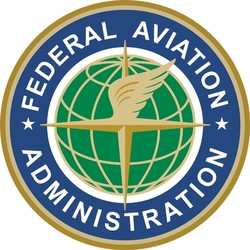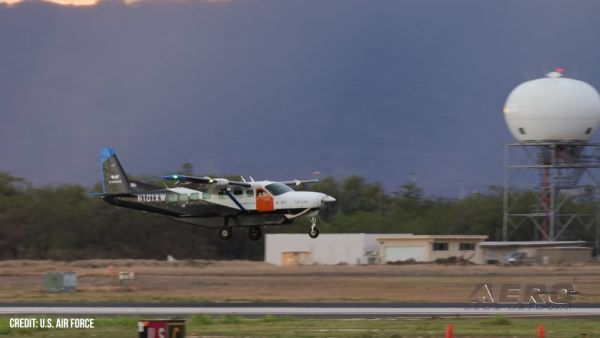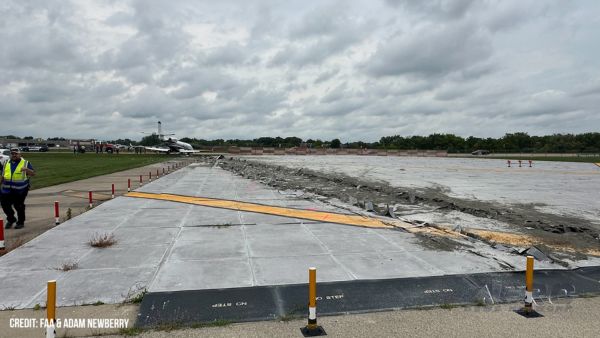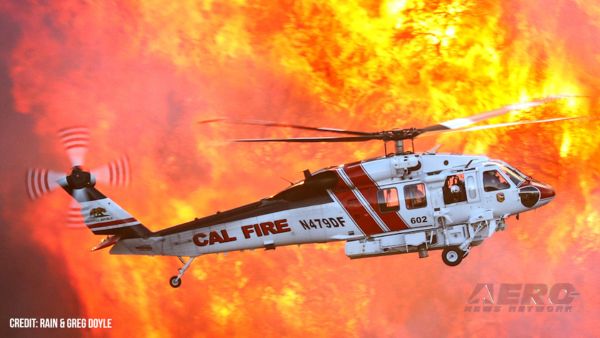Fri, Oct 27, 2017
Advertisement
More News
 ANN's Daily Aero-Term (09.05.25): Resume Normal Speed
ANN's Daily Aero-Term (09.05.25): Resume Normal Speed
Resume Normal Speed Used by ATC to advise a pilot to resume an aircraft's normal operating speed. It is issued to terminate a speed adjustment where no published speed restrictions>[...]
 Aero-News: Quote of the Day (09.05.25)
Aero-News: Quote of the Day (09.05.25)
"Southwest Airlines took a pivotal step towards advancing aviation safety and security by becoming the first major air carrier to begin deploying secondary flight deck barriers fol>[...]
 ANN's Daily Aero-Linx (09.05.25)
ANN's Daily Aero-Linx (09.05.25)
Aero Linx: Stearman Restorers Association The Stearman Restorers Association is an independent “Not for Profit” 501C-3 Corporation dedicated to the preservation, restor>[...]
 Classic Aero-TV: Cruisin The Superfortress - ANN Rides Along
Classic Aero-TV: Cruisin The Superfortress - ANN Rides Along
From 2016 (YouTube Edition): Sit Back, Relax, and Let’s Go Flying With “FIFI”… Our ANN video crew took the opportunity at EAA AirVenture 2016 to capture a >[...]
 NTSB Prelim: Cirrus Design Corp SR22
NTSB Prelim: Cirrus Design Corp SR22
Pilot Reported That The Purpose Of The Flight Was To Perform Engine Lean Test Procedures On August 7, 2025 at 0935 mountain daylight time, a Cirrus SR22 airplane, N412DJ, was subst>[...]
blog comments powered by Disqus




